Tips to Pick the Right Knife for Home Chefs
To pick the right knife for home chefs, focus on the blade material, handle comfort, and knife type suited to your cooking needs. For a satisfying culinary experience at home, it’s essential to have the right tools.
Choosing the right knife can enhance your cutting and slicing efficiency, making cooking effortless and enjoyable. However, with a wide variety of options available, it can be overwhelming to make the right choice. To help you in this process, we have compiled a list of tips to consider when selecting a knife for your home kitchen.
By paying attention to factors such as blade material, handle comfort, and knife type, you can ensure a perfect match for your cooking style and needs.
Essential Knife Types For Home Cooking
A chef’s knife is an essential tool for any home cook. Its versatility and functionality make it a must-have in the kitchen. With a long, sharp blade, a chef’s knife can handle a wide range of tasks, from slicing and dicing to chopping and mincing. It’s perfect for cutting vegetables, fruits, and even meats with ease.
A paring knife is another indispensable tool for home cooking. With its short, narrow blade, it’s ideal for precise tasks like peeling, trimming, and slicing small fruits and vegetables. From peeling apples to deveining shrimp, a paring knife is a handy companion for any cook.
For those who prefer a Japanese-style knife, a santoku knife is a great choice. With its wide, flat blade and low tip, it excels at slicing, dicing, and chopping. It’s perfect for preparing fish, vegetables, and boneless meats. Whether you’re a beginner or an experienced cook, a santoku knife can elevate your culinary skills.
:max_bytes(150000):strip_icc()/__opt__aboutcom__coeus__resources__content_migration__serious_eats__seriouseats.com__2018__06__20180606-chef-knives-tests-vicky-wasik-18-1-1500x1125-82244416a93745ce99dd60ce8a5f2cbf.jpg)
Credit: www.seriouseats.com
Factors To Consider When Choosing A Kitchen Knife
Tips to Pick the Right Knife for Home Chefs
Blade Material
When selecting a kitchen knife, **blade material** is a crucial factor to consider. The type of material used affects the knife’s durability, sharpness, and ease of maintenance. Stainless steel blades are popular for their corrosion resistance, while high-carbon stainless steel blades provide enhanced sharpness and edge retention. **Ceramic blades** are known for their longevity and ability to maintain their sharpness for an extended period. Each material has its advantages and disadvantages, so it’s important to weigh your preferences and cooking needs.
Blade Length
Another vital consideration is the **blade length**. Knife blades come in various sizes, including the chef’s knife, utility knife, and paring knife. The chef’s knife typically ranges from 8 to 10 inches in length and is versatile enough for most kitchen tasks. Utility knives, around 5 to 6 inches long, offer more precision, while paring knives, usually 3 to 4 inches long, are perfect for smaller tasks like peeling and trimming. Select a blade length that suits your cooking style and the tasks you frequently perform in the kitchen.
Knife Handle
The **knife handle** plays a significant role in comfort and control while using a knife. Common handle materials include wood, plastic, and stainless steel. Wood handles offer an elegant look, but they may require additional care and maintenance. Plastic handles are lightweight and durable, while stainless steel handles provide a sleek and modern appearance. Consider the grip and comfort level that different handle materials offer, ensuring a secure and comfortable hold during cooking.
Knife Weight
Weight is another factor to keep in mind when choosing a kitchen knife. The **knife weight** affects the balance and maneuverability of the knife. Different individuals may prefer varying weights, depending on their strength and cooking style. Lighter knives offer increased agility, making them ideal for intricate tasks. Heavier knives provide more power and stability, making them suitable for tougher ingredients. Try holding and testing knives of varying weights to find the one that feels comfortable and efficient in your hand.
Key Features Of A High-Quality Kitchen Knife
When choosing a kitchen knife, there are several key features that home chefs should consider. The sharpness and edge retention of a knife are essential for precise and efficient cutting. A high-quality knife will have a sharp blade that maintains its sharpness for longer periods, reducing the need for constant sharpening. Additionally, a well-balanced knife with a comfortable handle is crucial for a chef’s control and ease of use. The handle should provide a secure and ergonomic grip, reducing the risk of accidents during food preparation.
Durability and maintenance are also important aspects to look for in a kitchen knife. A durable knife made from high-quality materials, such as stainless steel, will withstand regular use without losing its sharpness or strength. It should also be easy to clean and maintain, with some knives being dishwasher safe for convenience.
| Key Features | Description |
|---|---|
| Sharpness and Edge Retention | A knife with a sharp blade that maintains its sharpness for longer periods of time, reducing the need for frequent sharpening. |
| Balance and Comfort | A well-balanced knife with a comfortable handle that provides a secure and ergonomic grip, enhancing control and ease of use. |
| Durability and Maintenance | A durable knife made from high-quality materials, such as stainless steel, that can withstand regular use and is easy to clean and maintain. |
How To Choose The Right Knife For Different Cooking Tasks
When it comes to preparing meals at home, having the right knife can make all the difference in your cooking experience. Here are some tips to help you pick the right knife for different cooking tasks:
Chopping and Dicing Vegetables
- Chef’s Knife: Ideal for chopping, dicing, and mincing vegetables with its versatile blade length and sharp edge.
- Santoku Knife: Offers a slightly shorter blade and granton edge, perfect for slicing and dicing vegetables with precision.
Slicing and Carving Meats
- Slicing Knife: Features a long, narrow blade with a sharp edge, designed to slice through cooked meats effortlessly.
- Carving Knife: Has a longer blade, specifically crafted for carving roasts and larger cuts of meat.
Peeling and Trimming Fruits
- Paring Knife: Small in size with a sharp, pointed blade, perfect for peeling fruits and trimming small produce.
- Boning Knife: Equipped with a thin, flexible blade, specifically designed for removing meat from bones and trimming fat.
Choosing the right knife for each cooking task ensures optimal performance and enhances your culinary skills. Invest in high-quality knives that fit comfortably in your hand, which will make your cooking experience safer and more enjoyable.
Proper Care And Maintenance Of Kitchen Knives
Proper care and maintenance are crucial for ensuring the longevity and performance of your kitchen knives. Regular cleaning and drying are key practices to maintain their sharpness and hygiene. After each use, **clean** the knife with warm soapy water and a sponge, being cautious not to cut yourself. **Dry** it immediately to prevent any moisture buildup that could damage the blade.
Honing and sharpening techniques are essential for keeping the knife’s edge in optimal condition. **Hone** the knife regularly with a honing rod to straighten the blade and maintain its sharpness. When the knife starts to feel dull, it’s time to **sharpen** it. There are various sharpening methods available, such as using a sharpening stone or an electric knife sharpener. Choose the technique that suits you best and ensure to follow the manufacturer’s instructions for best results.
Proper storage and safety tips are equally important to prevent accidents and ensure the knife’s longevity. **Store** your knives in a knife block, magnetic strip, or sheath to protect the blades and prevent them from getting damaged or causing harm. Always handle knives with **caution** and **proper grip** to avoid any accidents. It is recommended to use **cutting boards** made of bamboo or plastic to prevent the knife from dulling quickly.
Best Practices For Knife Handling And Safety
Tips to Pick the Right Knife for Home Chefs
Proper Grip and Technique:
- Ensure a firm grip on the knife handle to maintain control and reduce the risk of slippage.
- Position your thumb and index finger on opposite sides of the blade for precise control and stability.
- Maintain a relaxed but secure grip to prevent hand fatigue and potential accidents.
Safe Cutting Surfaces:
- Choose a cutting board made of wood or plastic to prevent knife damage and minimize the risk of injury.
- Avoid using glass or marble surfaces that can dull the blade and cause dangerous slips.
- Place a damp towel under the cutting board to prevent it from moving during chopping or slicing.
Knife Storage and Retrieval Safety:
- Store knives in a designated knife block, magnetic strip, or blade guards to protect both the blades and your hands.
- Avoid cluttered drawers where knives can easily cause accidental cuts.
- Retrieve knives by the handle and not by the blade to prevent potential injuries.
Budget-Friendly Options For Home Chefs
When it comes to picking the right knife for home chefs, there are plenty of budget-friendly options available. Let’s take a look at some affordable knife brands that offer good quality and value for money choices:
Affordable Knife Brands:
| Brand | Recommended Knife Sets | Value for Money Choices |
|---|---|---|
| Brand A | Budget Knife Set A | Entry-Level Chef Knife |
| Brand B | Knife Set with Multiple Blade Types | Starter Knife Set |
| Brand C | Economical Knife Block Set | Budget-Friendly Santoku Knife |
These brands provide decent quality knives at affordable prices. Look for knife sets that include essential kitchen knives like chef’s knives, paring knives, and utility knives. If you are on a tight budget, consider value for money choices like entry-level chef knives or budget-friendly Santoku knives. These options will still meet your basic slicing and dicing needs without breaking the bank.
Remember, investing in a good quality knife is essential for home chefs, even if you are on a budget. With the right choice, you can enhance your cooking experience and make your culinary tasks easier and more enjoyable. So, explore these budget-friendly options and pick the knife that suits your needs and budget.
Conclusion
Choosing the right knife for home chefs is essential for enhancing culinary experiences and achieving professional-level results. By considering factors such as blade type, handle material, and knife maintenance, home chefs can ensure they have the perfect tool for their specific needs.
Whether it’s a versatile chef’s knife, a precise paring knife, or a sturdy serrated knife, each has its own unique purpose in the kitchen. Additionally, investing in high-quality knives from reputable brands can significantly enhance their durability and performance. Remember to prioritize comfort, balance, and ergonomics when selecting a knife, as these factors contribute to safer and more enjoyable cooking experiences.
By following these guidelines, home chefs can confidently navigate the vast world of kitchen knives and equip themselves with the best tools for their cooking adventures. Happy cooking!

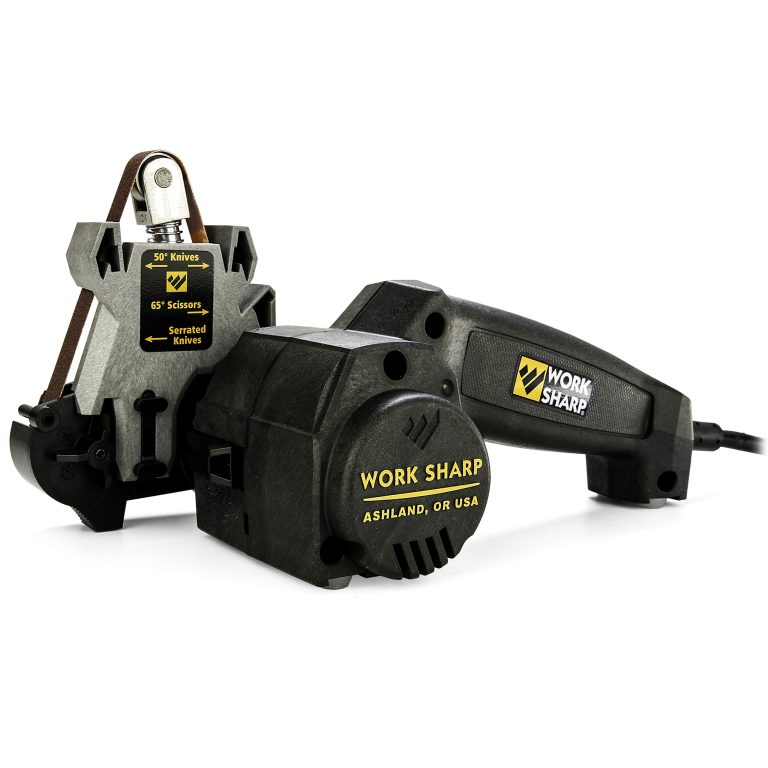
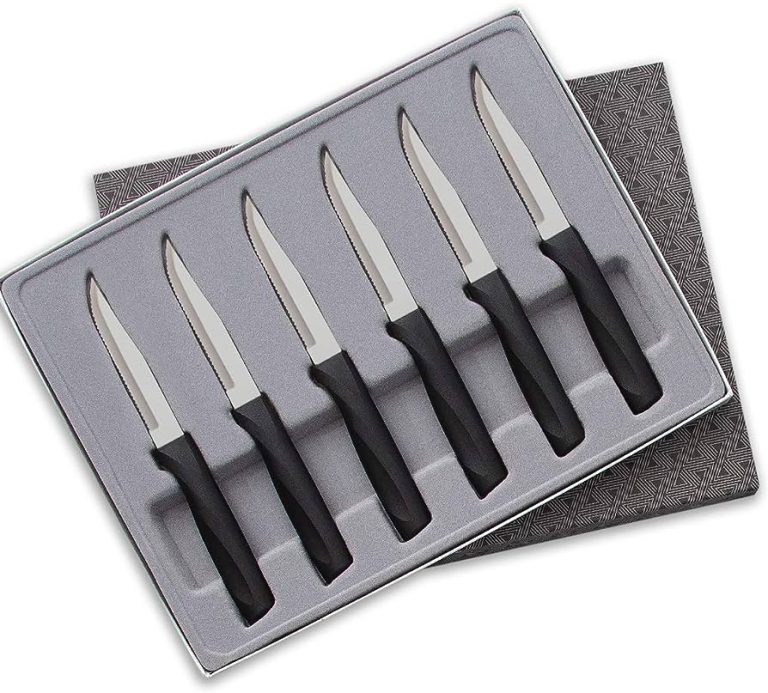
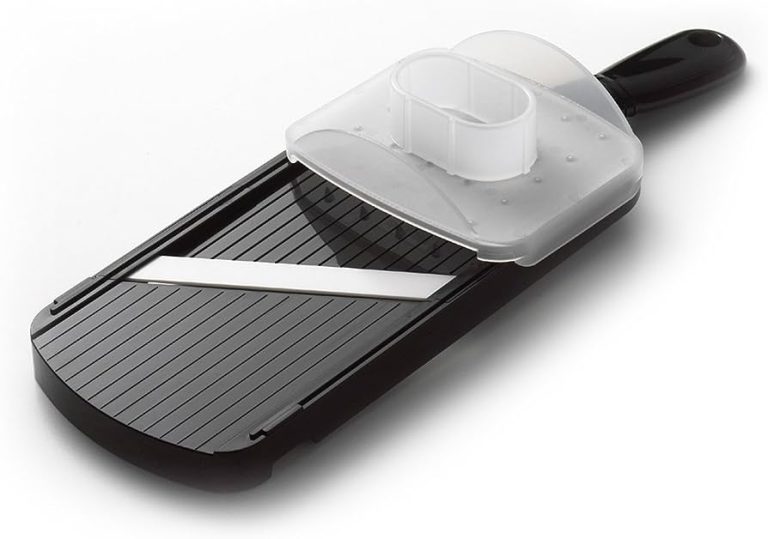
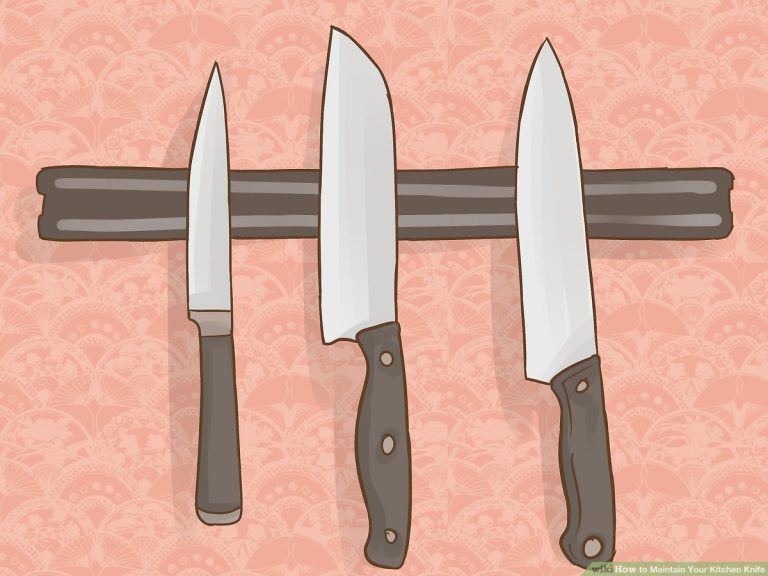
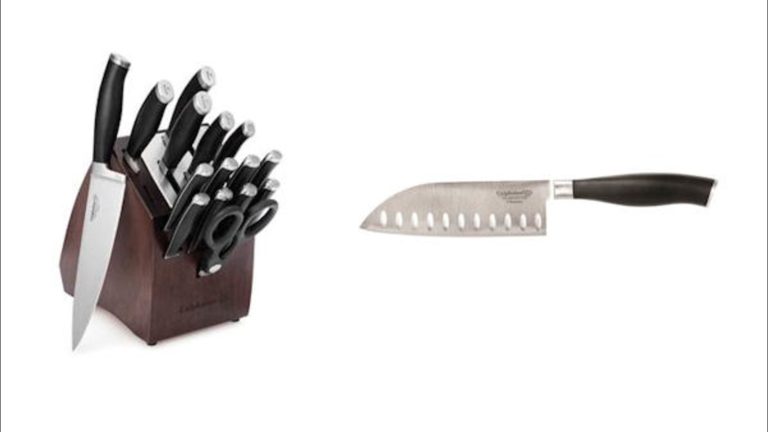
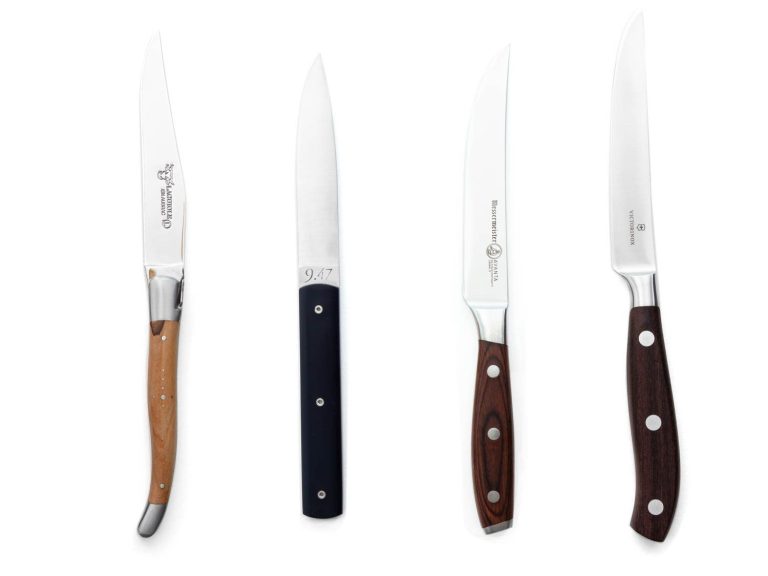
Good info thank you